What I worked on this Week
Code Submission for Check-In
For most of this week, I focused on cleaning up my code for the friday check in. I wanted to ensure that all of my code to run smoothly, but also to make sure that it was readable and that Khalid could understand the purpose of each section. I ended up commenting most if not all of my module and testing to see if my local code ported over to google colab well. This took most of my early to mid week, which has left me feeling quite good about all my code up to this point.
Tweaking Photometry Tables
After that, I spent most of the weekend working on getting my photometry tables up and running in a more consistent and accurate way than last week. I hadn’t really checked star viewer last week where I was more focused on just generating photometry tables than checking to make sure my parameters were accurate. This week I booted up star viewer from last semester and revisited some of our old labs to refresh how to best select aperture and annulus sizes. I was able to improve some of my measurements after an initial review, but will be spending some more time on this detail work this coming week as these measurements will be critical for our final project.
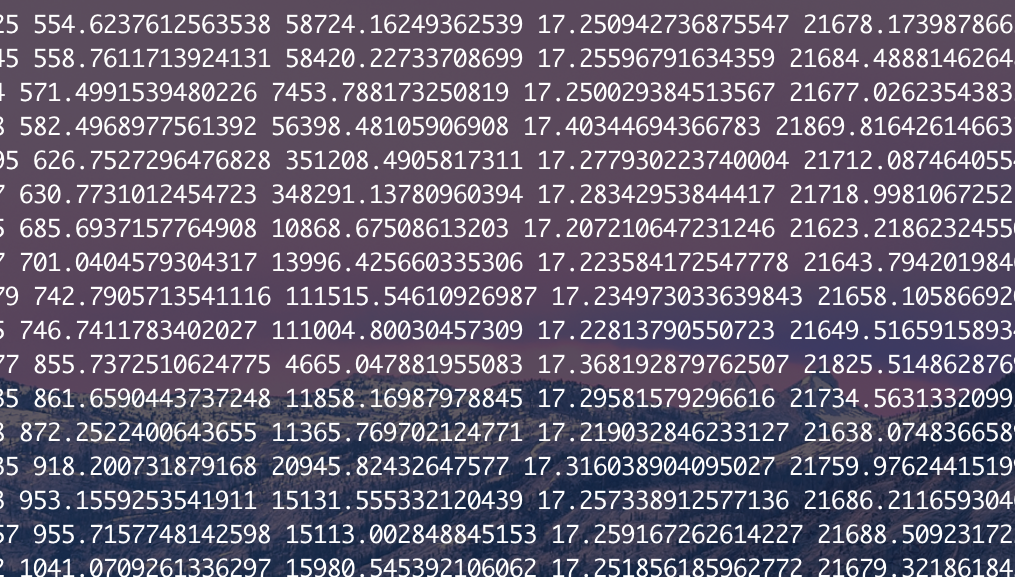
Revisiting Old Material / Playing Around
Also this weekend, I think it is worth mentioning some of the smaller tasks that ate up my time. The first of which was just playing around with padding and flipping my images. I was having some problems with the cross-correlation and centroiding code last week and as I was playing with it, I realized I did not have a standard way to select how many pixels I would be padding an image with. So I spent some time this weekend adding in some switches to test whether or not an image has been padded to a certain shift threshold that is then compared to all the other paddings. This allows me to input a specific padding value and see what sorts of overlap or cutoff is encouraged by the choice.
I also spent some time reading our textbook from last semester. I’m taking a film class right now and planning on shooting some film photos through one of our roof telescopes. I thus have a renewed interest in the optical mechanics of the telescopes so that I can better understand how the light interacts with the lens in my camera.
Discussion of LS + Q/M notebooks
The Q/M activity in class last Tuesday was quite interesting and I think personally one of my favorite in class labs we have done. I feel as though I have actually learned something about the Q and M values and feel much more confident in my understanding now that I have calculated them directly. Below are some images of light curves from those explorations, as well as my final measurement for the M value.
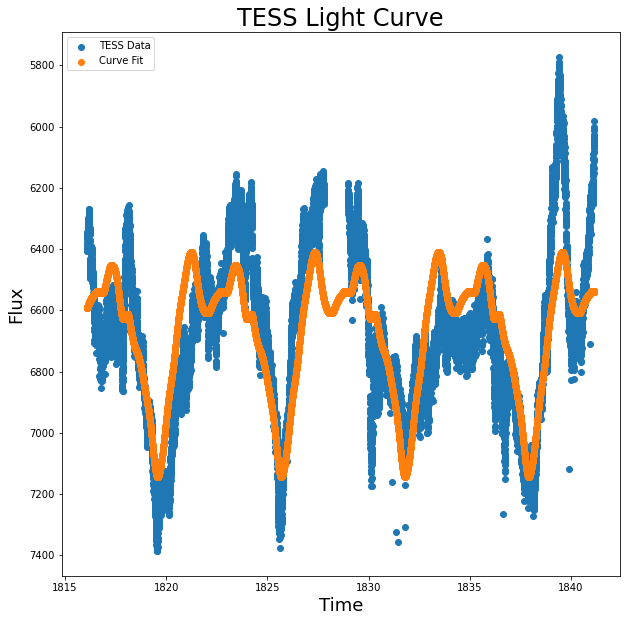
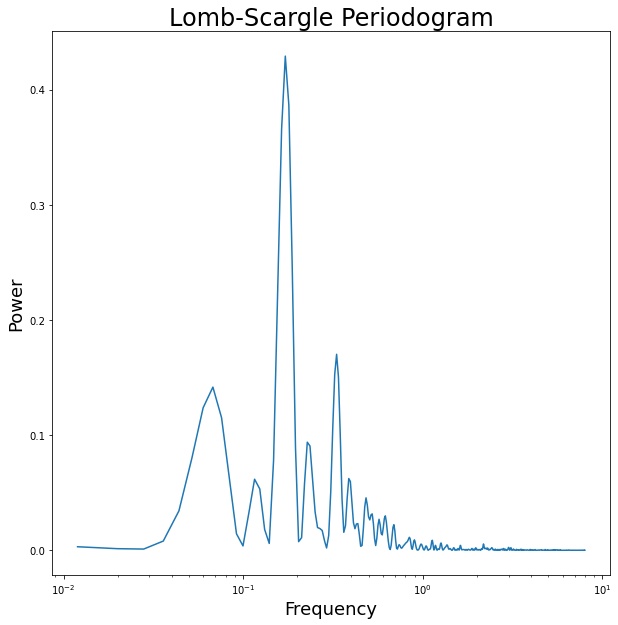
I completed the notebooks in class and only struggled towards the end when I misused the ~ operator because I didn’t fully understand what bitwise negation does to a native python list. Either way, I believe all my curves and final values agreed with the discussed outcomes and therefore and therefore as lnog as I didn’t break anythign from now until then.
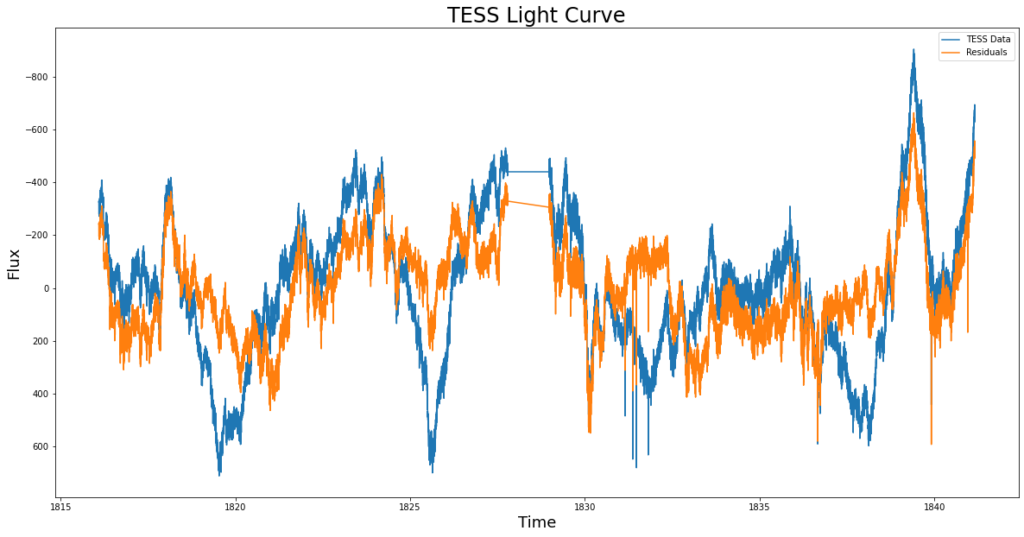
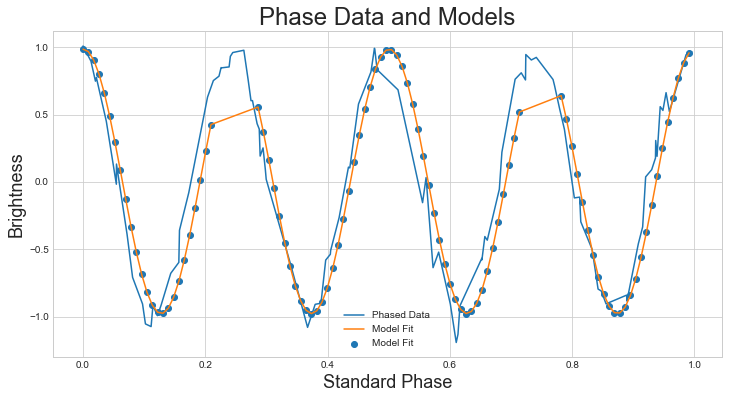

Hartmann Reading
This paper, while not essential for the core of our project, has helped me understand PMS stars and accretion better than any individual series of talks or questions throughout the past year. I have read over (skimmed) this paper a few times and understood some, while most of it flew over my head. This time I read with a much closer eye to detail and think I better know now many of the strange facets of TTS accretion.
A few of my favorite graphs and what they represent:
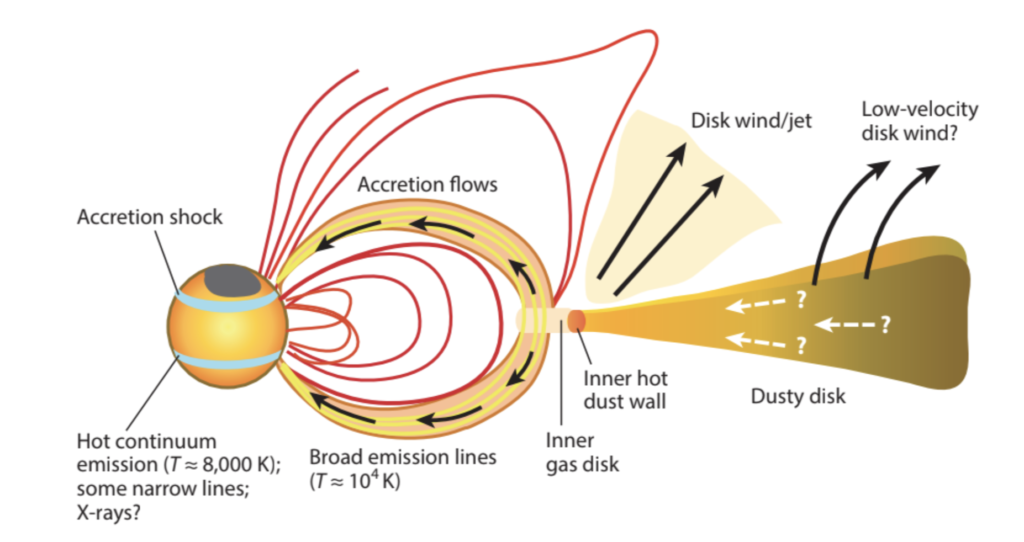
The image that I have seen over 1000 times in the last year and the image that I can only imagine Connor sees each time he closes his eyes.
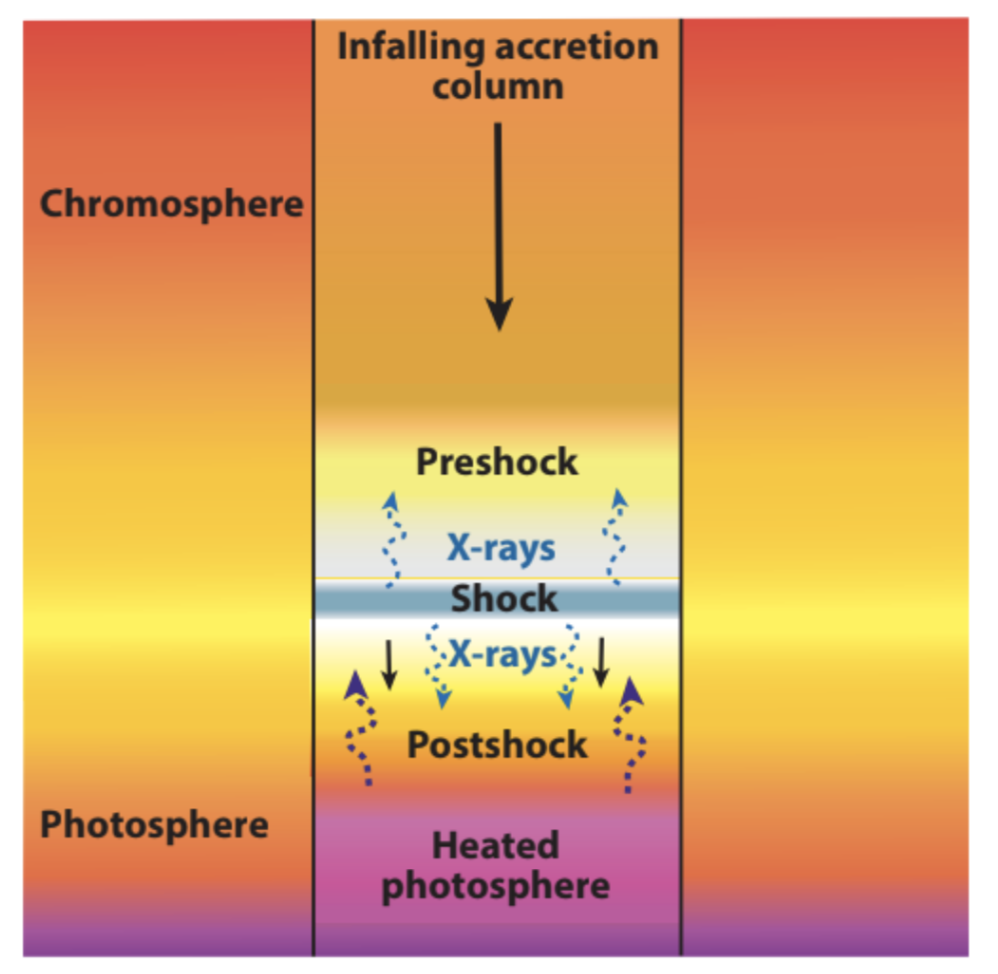
The image that I have only seen 840 times in the last year and the one of the schematics that Connor has to be getting sick of explaining.
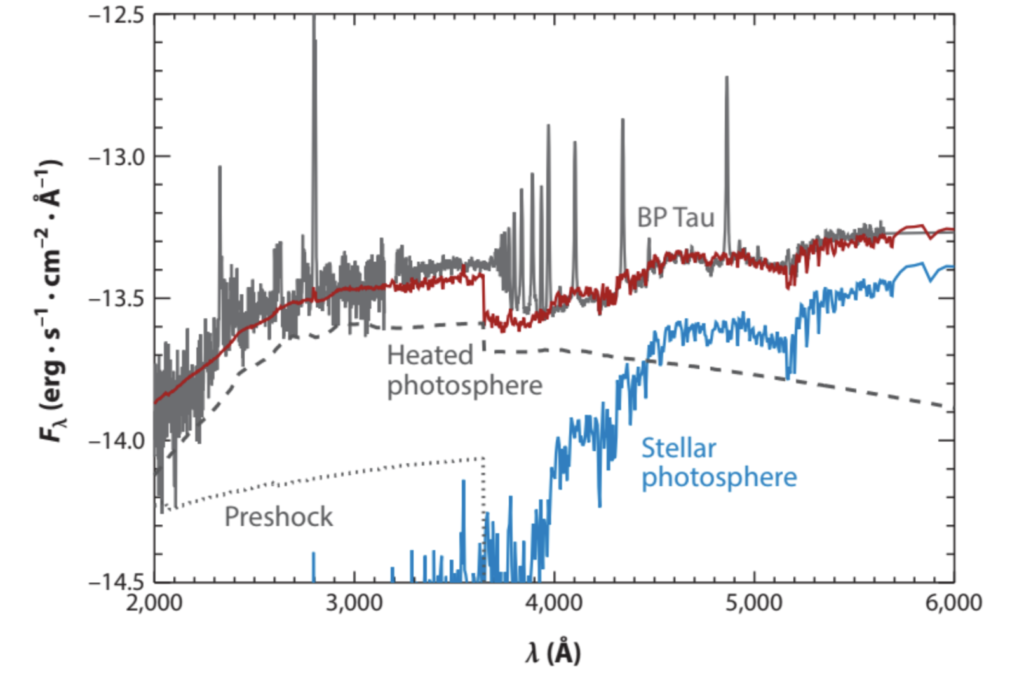
An actually really cool spectra that I have seen in a number of thesis and research talks but never fully understood. I still have a few questions, but feel quite a bit better about what it is trying to show.
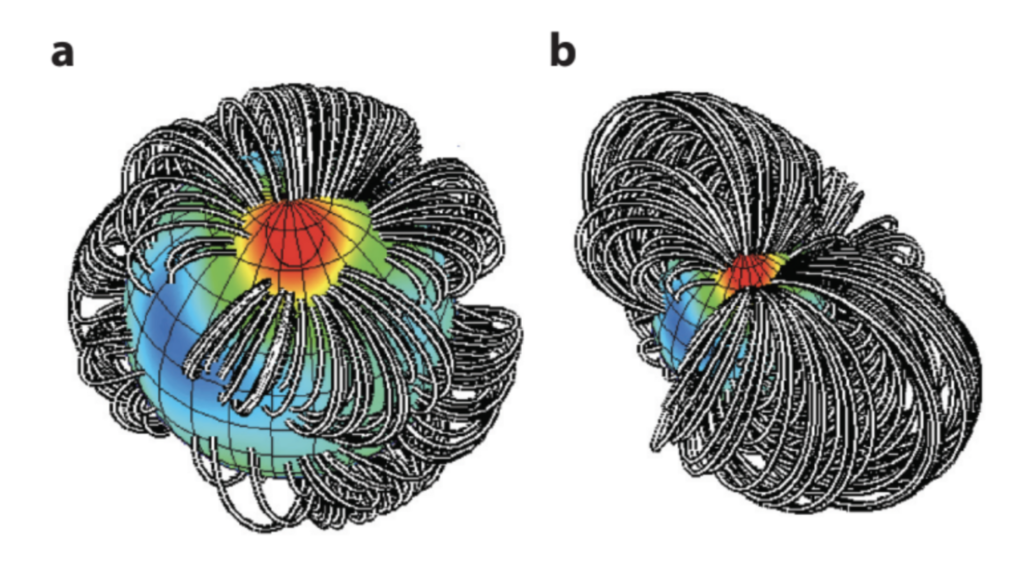
Magnetic field……
There were a lot of fascinating elements to this paper that I hadn’t picket up on before because I just didn’t have any astronomical background. Overall I very much enjoyed looking back at Hartmann 2016. That was one of the first papers I ever read and it is nice to revisit it with a more trained eye and a lot more astro knowledge.
Plan for the Future
This coming week I hope to do a handful of separate tasks. First, I want to extract quality photometry from my data and collect all my photometry code in a new module. I then want to try to condense all my processing steps into a single notebook that can be run straight through. I then would be interested as to whether I could add something like starfinder to my own personal code instead of running it separately from the rest of my packages and notebooks. It would be a nice integration and reduce a lot of the code-induced clutter.